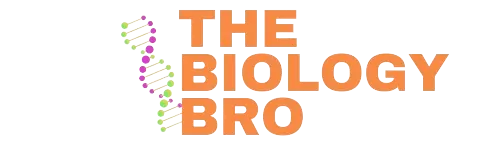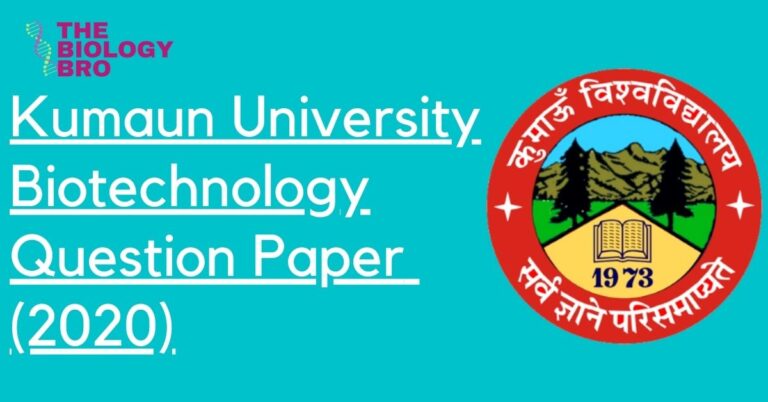1.
To which one of the following classes of enzymes does chymotrypsin belong?
2.
Which one of the following conformations of glucose is most stable?
3.
Which one of the following amino acids is responsible for the intrinsic fluorescence of proteins?
4.
The glycosylation of the proteins occurs in_____.
5.
Which one of the following properties of the myeloma cells is used in the hybridoma technology to generate monoclonal antibody?
6.
The movement of protons through the F0 F1 -ATPase during mitochondrial respiration is
9.
Among the reagents given below which one of the combination of reagents will NOT break the disulphide bonds in the immunoglobulin molecules?
(P) Reduced glutathione................. (Q) Dithiothritol
10.
Match the protein elution condition given in Group I with the appropriate chromatography matrices from Group II.
Group I ...............................................................................Group II+ ................................iv Ni-NTA
1 out of 2
11.
Which one of the following is NOT a neurotransmitter?
12.
The type-II hypersensitivity reaction is mainly mediated by____.
13.
Which one the following reaction mechanisms drives the conversion of low energy 3- phosphoglyceraldehyde to high energy 1,3-bisphosphoglycerate?
2 out of 2



